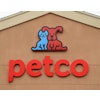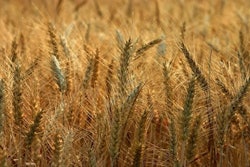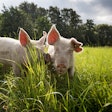This study aimed to determine the effect of the nutritional changes during rabbits’ neonatal and prepubertal periods on the adult mammary phenotype.
Newborn rabbits were suckled by dams fed a high-fat/high-sugar obesogenic (OD) or a control (CON) diet and then subsequently fed either the OD or CON diets from the onset of puberty and throughout early pregnancy. Mammary glands were collected during early pregnancy (day 8 of pregnancy). Rabbits fed with OD milk and then subjected to an OD diet displayed an abnormal development of the mammary gland: the mammary ducts were markedly enlarged and filled with abundant secretory products. Moreover, the alveolar secretory structures were disorganized, with an abnormal aspect characterized by large lumina. Mammary epithelial cells contained numerous large lipid droplets and exhibited fingering of the apical membrane and abnormally enlarged intercellular spaces filled with casein micelles.
Mammary leptin mRNA was strongly expressed in rabbits fed with OD milk and subjected to an OD diet by comparison with the CON rabbits. Leptin transcripts and protein were localized in the epithelial cells, indicating that the increase in leptin synthesis occurs in this compartment. Taken together, these findings suggest that early-life nutritional history, in particular through the milking period, can determine subsequent mammary gland development.
Source: C. Hue-Beauvais et al., 2015. Milk from dams fed an obesogenic diet combined with a high-fat/high-sugar diet induces long-term abnormal mammary gland development in the rabbit. J Anim Sci online, March 2015. doi: 10.2527/jas.2014-8139.

















